- Home
- slideshows
- miscellaneous
- 9 of the biggest pivots in tech history, from Nintendo to Instagram
9 of the biggest pivots in tech history, from Nintendo to Instagram
Almost 15 years ago, YouTube launched as a dating website, and its first slogan may be one of the cringiest: "Tune in, hook up." In the early days, the site was flopping, so the founders decided to post an ad on Craigslist in LA and Las Vegas, asking single women to upload biographical videos for $20 apiece.

Nintendo's history goes all the way back to 1889. Founder Fusajiro Yamauchi began manufacturing Hanafuda cards, a type of Japanese playing card, for his company Nintendo Koppai.

In the early 1900s, Nintendo grew to be the largest card-selling business in Japan. By the 1950s, the company turned from hand-crafted cards to plastic ones, some with Disney characters on them.
In the 1960s, the company tried its hand at a taxi service and entered the ramen noodle industry before settling on games and electronic toys.
Nintendo eventually found its business destiny in the 1980s with arcade games like Donkey Kong and Mario Bros., which led the way to innovative gaming consoles like the Game Boy, the Nintendo Entertainment System, and the Nintendo 64.
In 2018, the company earned nearly $10 billion in profit, but a deck of cards from the company's heyday of Nintendo will only set you back $12.
Sources: Business Insider, Nintendo, The Verge
Nokia, known for some of the most indestructible electronics ever made, has pivoted more than once. The Finnish company began as a single-factory wood pulp mill, then it manufactured rubber boots.
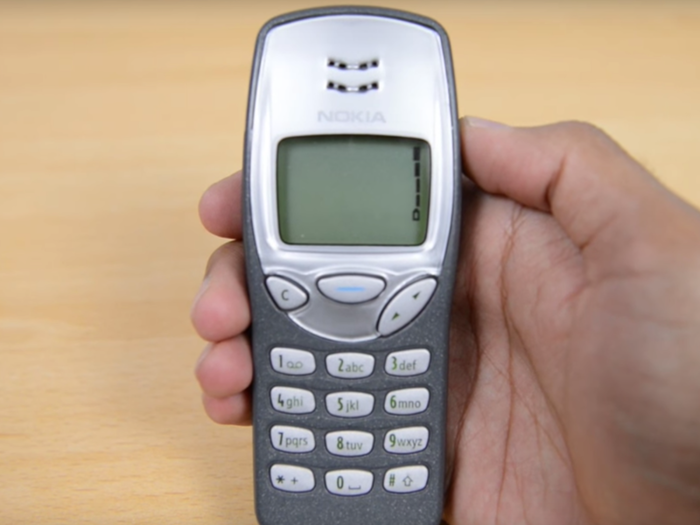
It wasn't until 1995 when Nokia's primary focus was directed at the telecom and electronics industries.
Just four years later, Nokia was selling 75% of the cellphones Finnish residents were buying, eventually spreading its products around the world.
Nokia's cellphones faded by the wayside, along with many devices, when Apple's iPhone was introduced in 2007. In 2014, the company saw a glimmer of hope when Microsoft acquired it, though that soon was deemed a failure as well.
Sources: The New Yorker, The Guardian, Wired, Business Insider
There may be no stranger pivot than Samsung's. The company, known for making everything from smartphones to smart home devices and 65-inch televisions, got its start exporting dried fish.
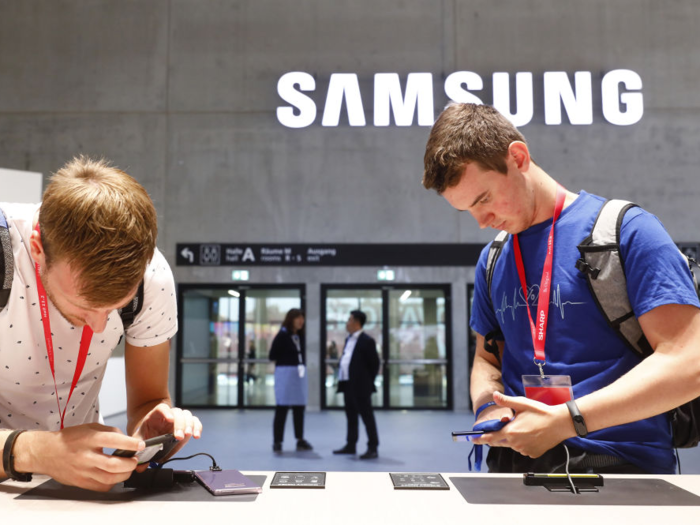
Founded in 1938 as a company that moved dried fish and flour from Korea to China, Samsung went through a series of transitions in subsequent decades, selling insurance, textiles, and then electronics.
The first black-and-white TV Samsung sold was in 1970, and by the turn of the century, it had hundreds of personal computers, VCRs, tape recorders, washing machines, microwaves, and hard drives out on the market. Samsung raked in $57.5 billion in the last quarter of 2018.
Sources: Business Insider, The Verge
In 1939, founders David Packard and William R. Hewlett threw a coin in the air to decide whose name would come first in the name of their new business: Hewlett-Packard. But then, HP wasn't exclusively an electronics company, but one that tested audio and signal generators, according to Forbes.
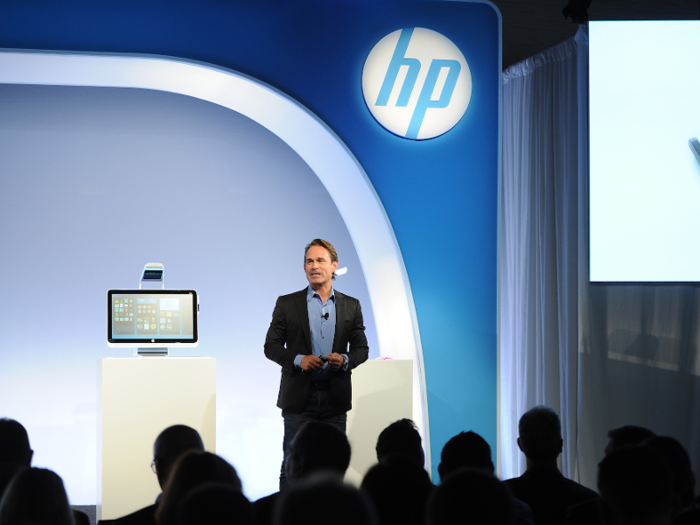
Before HP became known for its personal computers, the founders signed a deal with Walt Disney for audio oscillators that helped propel the production of "Fantasia."
That deal led HP to open a plant, and then introduce its first computer in the late 1960s. HP was also one of the early companies that made Silicon Valley home before it became known for serial entrepreneurs and venture capitalists. Today, HP is one of the largest tech companies in the world.
Sources: Silicon Valley Historical Association, Forbes
One company's pivot may have not seemed drastic, but if it hadn't, office culture would be totally different. Xerox, the company synonymous with the copying machine and often used as a verb (à la Google), began as a maker of photographic paper and photography equipment, and was originally called the Haloid Company.
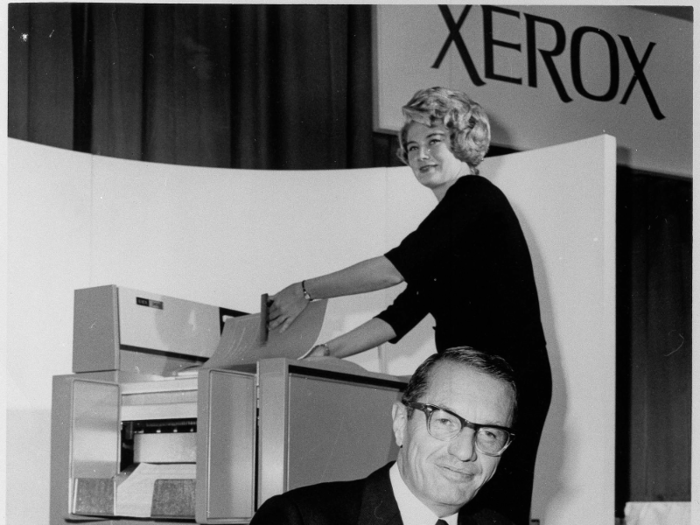
The company gained the rights to xerography in 1947 and launched the first known copier in 1959 using the technology. That's when the company debuted its new name, the Haloid Xerox Company, which we know today as simply Xerox.
Today, Xerox is a $17 billion company and offers everything an office may need, from printers, photocopiers, fax machines, and communication software.
Sources: Business Insider, Xerox, Britannica
Before Twitter became a 'micro-blogging' platform for status updates, jokes, and breaking news, it was called Odeo, and was planned to be used as a source to find, make, and subscribe to podcasts.
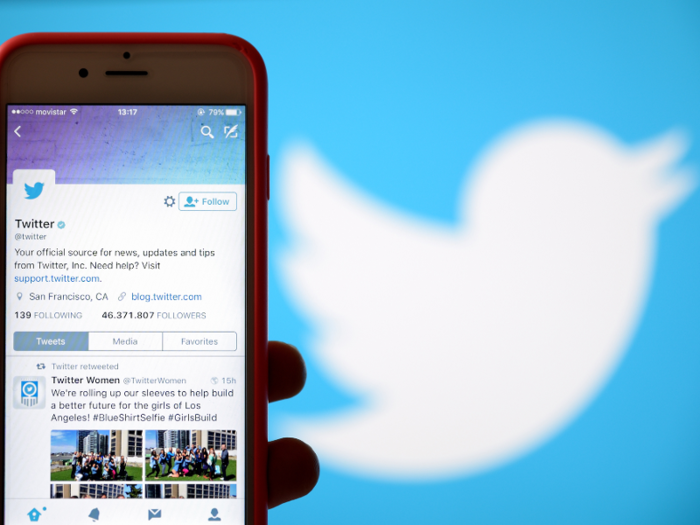
That vision never transpired thanks to Apple's introduction of iTunes, which dominated the market. So then-web designer Jack Dorsey, Biz Stone, and Noah Glass began working on the blueprint for Twttr — a product that centered on brief statuses of what people were doing right now, launching it in 2006.
Today, Twitter is one of the largest social media sites on the planet, and Dorsey remains at the helm.
Sources: Business Insider, Fast Company
The first incarnation of Instagram was Burbn — a Foursquare-like app that allowed users to check in at their favorite spots, make plans to meet up, and share photos. It didn't do too well, until cofounder Kevin Systrom noticed which feature users were using the most: photo sharing. That's when the Instagram of today was born.

Burbn contained some of the elements Instagram still has today: likes, comments, filters, and photos tagged in various locations. Systrom called Burbn a "false start" — but even Instagram had some tough competition in the beginning, too. Apps like Hipstamatic and CameraBag were widely used in 2010 when Instagram launched, but it is safe to say IG beat them out.
Just two years after Instagram launched, it was bought by Facebook for $1 billion. The investment that continues to pay off, as Instagram has long surpassed Facebook in popularity among younger users.
Sources: The Atlantic, Tech Crunch, Business Insider
Before it became the worldwide one-stop shop for every product under the sun, Amazon got its simple start in 1995 by selling books online, though founder Jeff Bezos always knew of its potential.

Just four years after Amazon starting selling books online, it was already the most successful merchant on the web, and only then began to offer customers other products, according to The New York Times.
Users could buy music and find offers from around the internet, not limited to just Amazon products anymore. The future of Amazon for Bezos was Amazon as an "everything store" — and it is just that today, making billions of dollars every year as one of the most powerful companies in the world.
Sources: Business Insider, The New York Times
- Read more:
- 21 products you should buy on Amazon — and 22 more you should skip every time
- 7 hacks to make your YouTube-watching experience easier and more efficient
- I turned down a high-paying job to freelance instead, and it's one of the best money decisions I've ever made
- The first jobs of 14 of the biggest tech executives
Popular Right Now
Popular Keywords
Advertisement